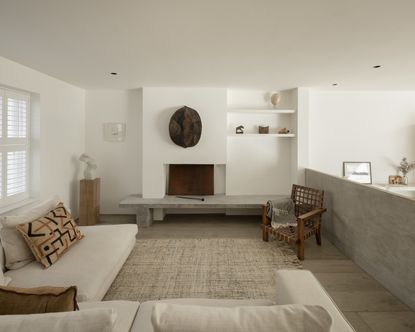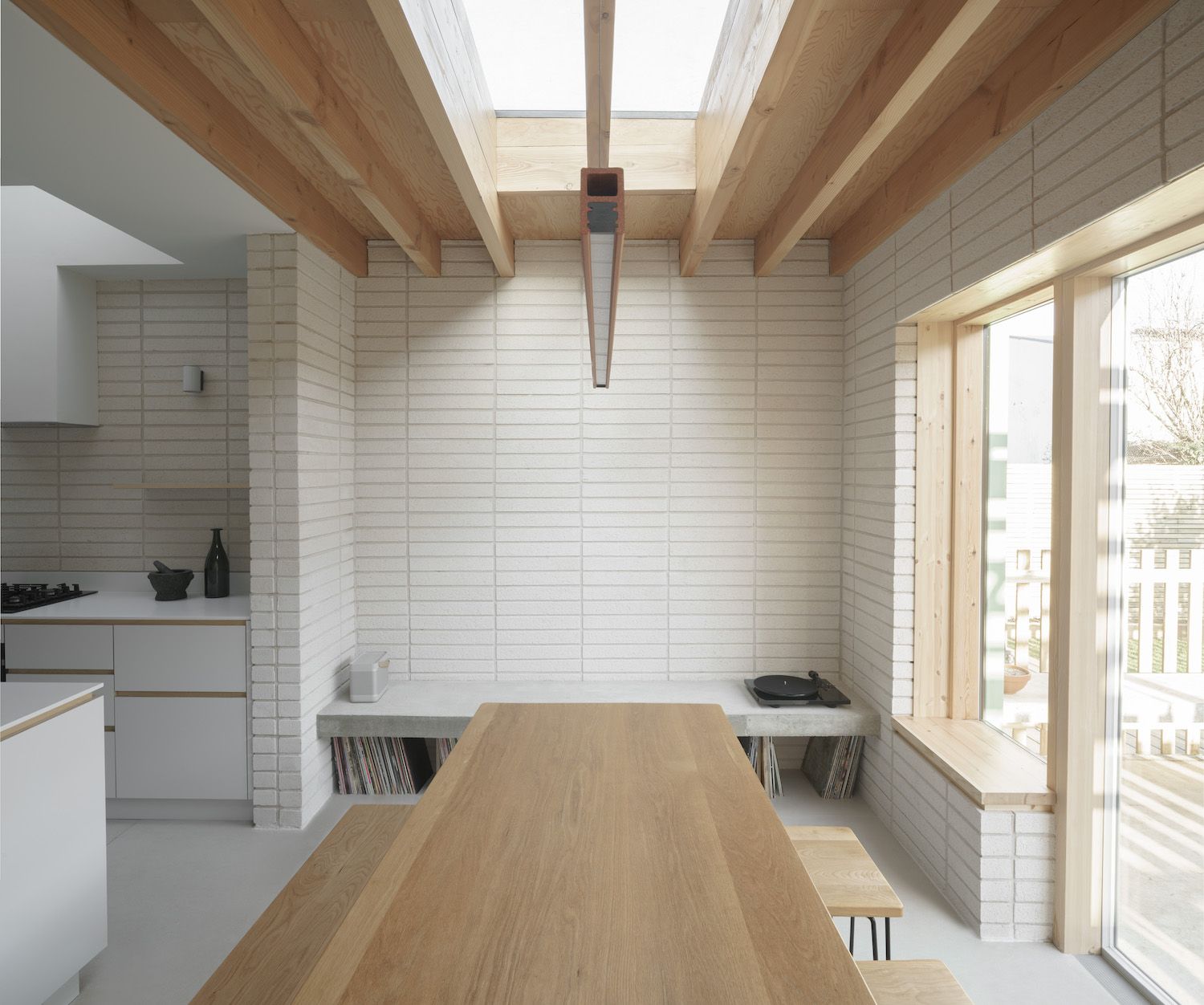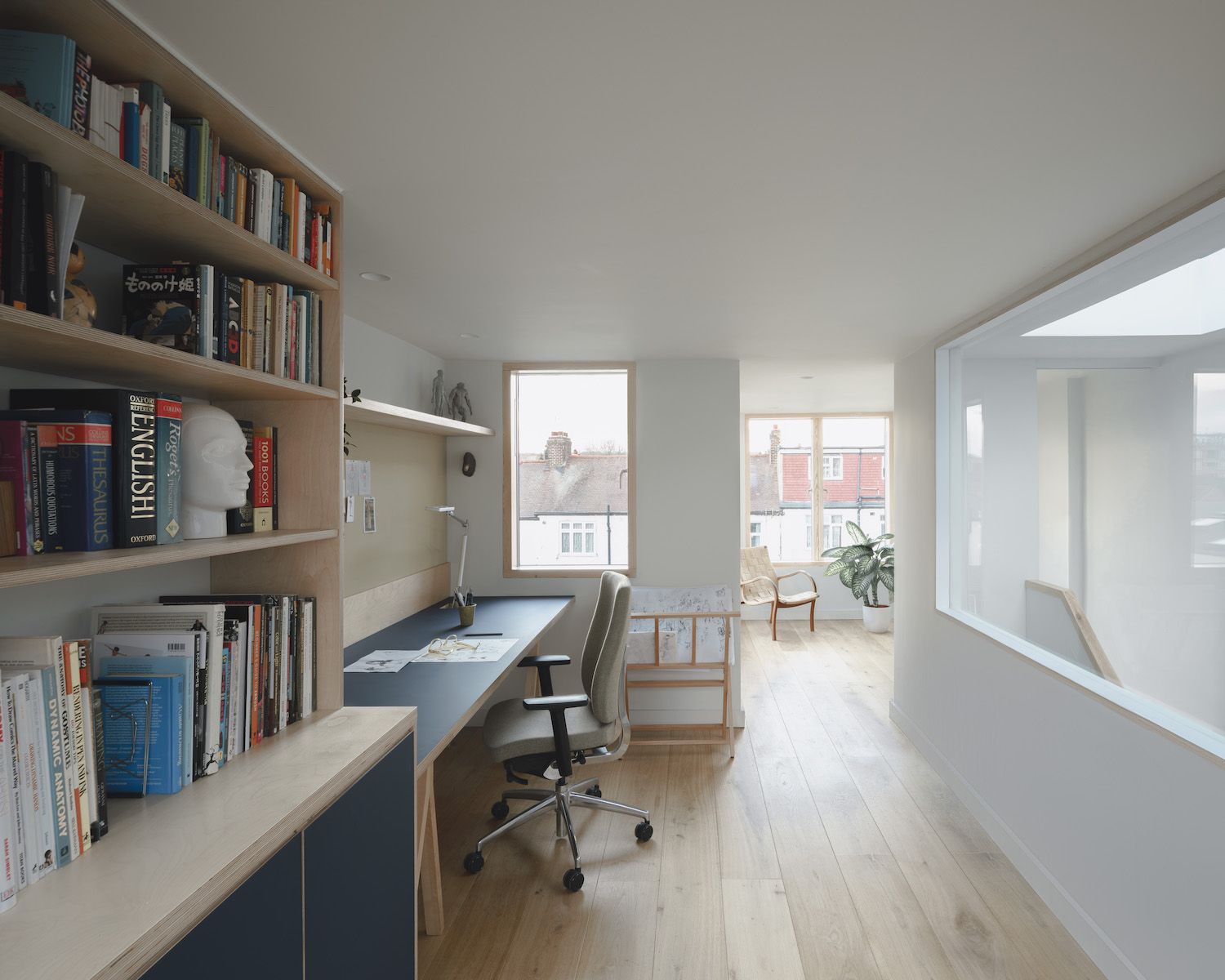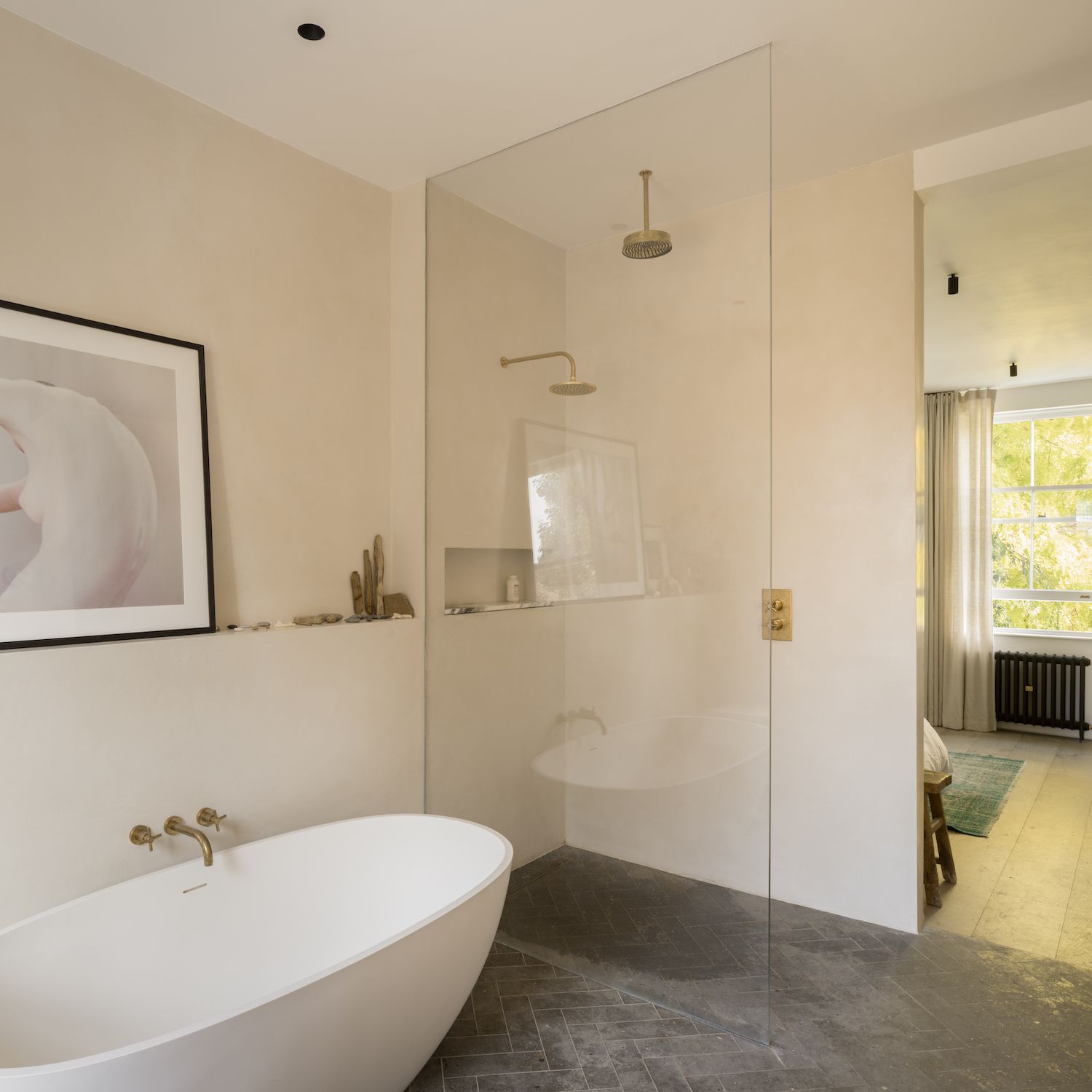What is a minimalism lifestyle? And why is every design trend suggesting you lead one?
Design experts explain what a minimalism lifestyle really is, and how reducing clutter can help us focus on what matters

In recent years, millions of people have wanted to live a minimalism lifestyle. All over the world, they have been jumping at new ways to get rid of their stuff. Take, for example, Netflix’ ‘The Minimalists’, where creators Joshua Fields Millburn and Ryan Nicodemus challenge viewers to give away an increasing number of possessions each day for a month. Or, Marie Kondo’s The Life-Changing Magic of Tidying Up, which has been teaching its more than 10 million readers worldwide to only keep items that “spark joy”.
So what is a minimal lifestyle, and what is its appeal? “When my clients talk about minimalism they refer to creating simpler living spaces that are easier to keep clean and tidy—their aim is to reduce the effort it takes to keep things looking the way they want them to,” says Sue Spencer, a professional Home Organiser and KonMari® Consultant who trained with Marie Kondo. “This frees up their time and space so they can spend more time with the people they love, doing the things that really matter to them.”
Minimalism is also an enduring design trend. Grant Straghan, Founder of the architecture studio deDraft, explains what a minimal lifestyle means to him: “It’s a reductive approach to modern life and the ability to prioritize and filter out daily noise and clutter, appreciating the freedom of space and visual simplicity.”
Reducing the clutter

At the heart of a minimal lifestyle is the goal to live with less. “The aspects of minimalism that my clients tend to speak about are creating clear spaces, with clean lines and a neutral color scheme—all of which helps to reduce the ‘noise’ in their homes helping them to create calm spaces,” says Sue Spencer, who is currently working with Ziffit by World of Books, a trade-in app dedicated to giving preloved goods a second life.
This means that any ornamentation should be carefully thought through, if not removed altogether. Grant Straghan explains: “In many circumstances, the integration of, or more frequently the 'application' of, decoration is something that appears without justification or reasoning, seeking to embellish an otherwise bland facade or surface, as cosmetic ornamentation (addressed by Adolf Loos in 'Ornament and Crime’).”
Spaces can and should be interesting without additional decoration. “As a practice, our desire is to design spaces and choose a tight materials palette letting tactility, light and scale add a further depth, rather than adding unnecessary visual clutter that is only skin deep,” says Grant Straghan.
What is a minimalism lifestyle?
1. Focusing on what matters

Studies have even found why minimalism is a better way of life. A team at the University of North Texas analyzed research on the emotional impact of minimalism (or “voluntary simplicity”, in their words). They discovered that 80–85 percent of studies found a connection between voluntary simplicity and wellbeing.
“Many of my clients are shocked when they realize how much space in their heads their ‘stuff’ is taking up—you can actually see the weight lift from their shoulders as we clear the clutter away. It’s liberating,” says Sue Spencer, Founder of A Life More Organised. “Using the KonMari Method really helps people to develop a renewed understanding of what really matters to them—focusing on what ‘sparks joy’, makes you happy and fits with your lifestyle going forward.”
2. Reducing the amount of stuff you own
Sue continues: “Whether you are into minimalist decor or not, having less stuff = more time and space to enjoy the stuff that really matters to you. It allows you to focus on the important things and not get distracted—valuing experiences, connections and nature rather than materialistic things.”
3. Finding the right balance

The best minimalist houses show that this is about letting go of our insatiable desire for more stuff. So the lifestyle becomes contradictory if we treat it as a material aspiration itself.
“A balance between functionality and falsely curating one’s life is key,” says Grant Straghan. “[A minimal lifestyle] definitely has an appeal, but is much easier said than done, as most clients would agree! It does not necessitate living life as a monk, but rather filtering out detail or clutter that bring no experiential benefit. I am not one for trinkets, and therefore I find this process easier than some. However, concealing items of use within one’s daily life can be counterproductive and rather frustrating.”
Look at this minimalist bathroom, above. It's defiantly not empty, bit it does have only exactly what you might need for it to function and be beautiful, and nothing more.
4. Living with less
So a minimal lifestyle is about living with less, but not to the point that it becomes detrimental to your everyday life—or leaves you striving for yet another ‘thing’ to possess or to achieve.
Be The First To Know
The Livingetc newsletter is your shortcut to the now and the next in home design. Subscribe today to receive a stunning free 200-page book of the best homes from around the world.
Kate Hollowood is a freelance journalist who writes about a range of topics for Marie Claire UK, from current affairs to features on health, careers and relationships. She is a regular contributor to Livingetc, specializing in reporting on American designers and global interiors trends. Based in London, Kate has also written for titles like the i paper, Refinery29, Cosmopolitan and It’s Nice That.
-
 The 12 Best Table Lamps for Reading —I'm a Certified Bookworm (and Shopping Expert)
The 12 Best Table Lamps for Reading —I'm a Certified Bookworm (and Shopping Expert)When it comes to table lamps for reading, I don't mess around. If you're the same, this edit is for YOU (and your books, or course — and good recommendations?)
By Brigid Kennedy Published
-
 "It's Scandi Meets Californian-Cool" — The New Anthro Collab With Katie Hodges Hits Just the Right Style Note
"It's Scandi Meets Californian-Cool" — The New Anthro Collab With Katie Hodges Hits Just the Right Style NoteThe LA-based interior designer merges coastal cool with Scandinavian simplicity for a delightfully lived-in collection of elevated home furnishings
By Julia Demer Published

